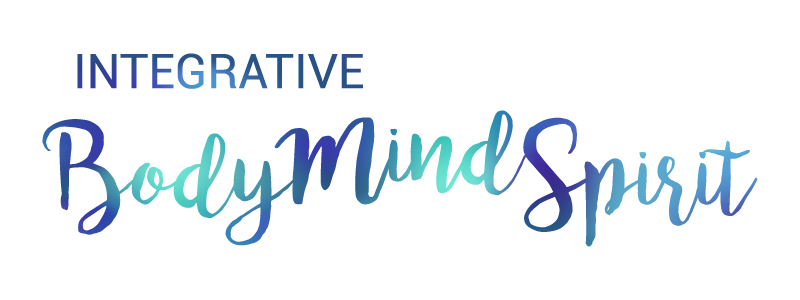End-of-life Patients
End-of-life patients often experience a range of emotional, social, and spiritual difficulties, alongside multiple physical symptoms (e.g., pain, nausea, fatigue, dyspnea, etc.). In addition to their medical regime, body-mind-spirit techniques may offer great assistance in enhancing their quality of life. End-of-life patients are often discouraged by the refractory nature of their physical symptoms. Emotional distress such as depression, anger, frustration, and guilt are also commonly expressed in these patients. With increasing difficulties in daily functioning, these patients may feel useless, empty, and isolated. Through emphasizing the connection among body, mind, and spirit, BMS techniques may help patients experience peace, rediscover meaning, and reclaim control to their lives. Some of the techniques which have been commonly used on end-of-life patients include: acupuncture/ acupressure, art therapy, guided imagery, hypnosis, life review, massage, meditation, Taichi & Qigong. Despite the growing amount of empirical evidence supporting their effectiveness, there has yet been any scientific support for their use in replacement of conventional medical treatments. In other words, they should be used as adjunct interventions to conventional medical therapies.
Acupuncture / Acupressure
Acupuncture involves the insertion of ultra-fine, sterile needles into acupressure points relevant to the symptoms. For acupressure, the relevant acupressure points are stimulated through applying pressure by pressing or kneading. According to the British Acupuncture Council, these techniques are most popularly researched and applied in relieving pain and other side-effects of orthodox cancer treatments (e.g., dry mouth, nausea, vomiting, fatigue, hot flushes, breathlessness, depression, etc.)


